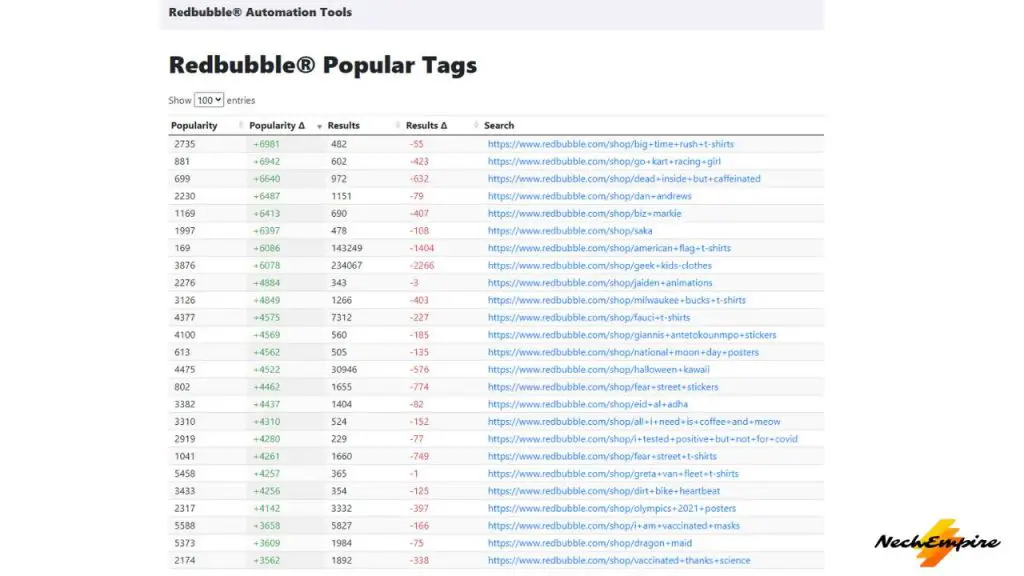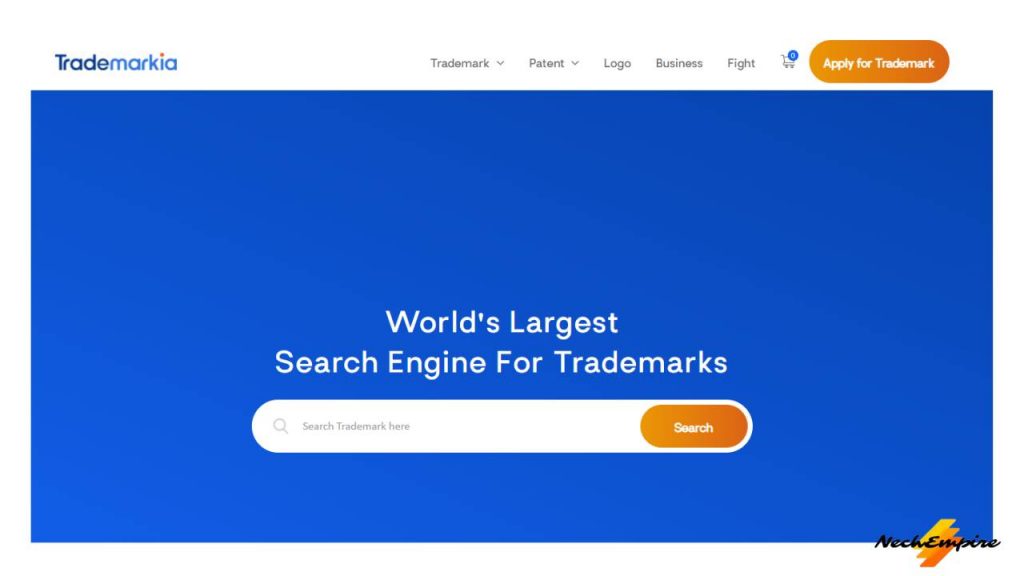I'm Miroslav, a passionate graphic designer, Etsy seller and AI enthusiast. At NechEmpire, I'm here to share my knowledge and skills. I want to turn...Read more
Redbubble is still a great platform for artists who want to make money from their designs.
But to be successful on Redbubble doesn’t mean you need to be a gifted designer.
In my experience, you will make more sales and money when you start designing smarter.
What do I mean by this?
Before you create a design, do research, find what the customers are searching for and buying, and create a design around the niche or keywords you find.
So, in this article, I will show you how you can find niches without paying for tools, for free.
How To Find What Sells on Redbubble
Let’s go back to the Redbubble.
Redbubble has hundreds of thousands of artists and millions of designs, and if you want to be found on this platform, keywords are a must.
Redbubble is using its algorithm and finding trending keywords is relatively easy.
The simplest way to find what is trending on Redbubble is just by clicking inside the search box.
Just click in the search box and type a letter and you will see trending searches.
While you can continue with this strategy and type another letter and look for a new search term, what if I tell you that it is even easier?
Yes, you can use a free tool called Redbubble Popular Tags.
This is a completely free tool that can be used to boost your sales on Redbubble.
While the biggest downside of this tool is that it is updated only once a week, so the information is not the most accurate, it is still a free method to find a profitable niche and start selling designs in such a niche.
And you can always take advantage of this tool and get here on Monday, right after the update, and be among the first to find something interesting.
Let’s take a closer look at this tool.
To get access to more information, I recommend changing the number of showing entries to the maximum. This little change can save you a ton of time.
As you see, there are four columns up here, and let me explain what each of the columns means and why they are so important to us.

The first is popularity, which is showing the most popular item on Redbubble. In other words, the number one is the value of the most searched product on the entire website.
The next column is also a Popularity but it shows the change over the last week. If you click it, you can sort keywords by popularity. The red color is for tags or search keywords that have lost popularity and the green color is for those who gained popularity.
The third column is for results and in my opinion, it is the most important thing you should focus on.
The last one is also for results again, but it indicates the change over the last week. The red color in this column usually means how many designs have been removed by Redbubble or by designers.
As I already mentioned, the third column is the most important for us.
Go ahead and sort the values in ascending order.
When I’m looking for a profitable tag or keyword, I like to find a keyword with less than 1000 results.
In my experience, such a keyword is less competitive and is relatively easy to create a design that will show up on the first page.
So, if you find a keyword with a low number of results, take a look, at if it is gaining in popularity.
If it is something that meets all criteria, then check what it is. See if it is something you create a good design for and always, always make sure it is not copyright infringement or intellectual property theft.

Because you don’t want to get yourself in trouble and get banned from Redbubble or any other print-on-demand platform.
When you scroll down the website, you can see that it is showing 1 to 100 of 10,000 entries. This is a lot of information to work with and you can find something that you are interested in.
This method can give you a huge advantage over most people who are using Redubble to sell their art.
And the last thing at the end.
For consistent sales, it is always better to create designs for evergreen niches. At least 80 percent of your work should consist of evergreen designs and just 20 percent should be trends.
Even though focusing on trends can be a quick income, I think it’s an illusion, in most cases.
While trends can earn you money fast, it’s not going to last due to the competition, and spamming.
If you want to be successful with print-on-demand, try to focus on lower competition phrases and develop a long-term strategy.
Remember that selling on Print on Demand websites takes time and patience, most people have to wait a few months before they get that first sale.
BONUS FOR YOU: Get the Digital Product Starter Kit and start building your own online business today.
Here Are Some of My Favorite Tools For Print-on-demand
As a graphic designer and POD seller, I’ve had the opportunity to discover different helpful products and tools that can be time-saving and make the process of creating your designs a bit smoother.
DESIGNS: Kittl (best for t-shirt designs), Vexels (for professional designs), Placeit (for unique product mockups)
AI IMAGE GENERATOR: Leonardo (best free account)
GRAPHICS: Creative Fabrica (cheapest marketplace), Envato Elements (more variety)
SELLING DESIGNS: Freepik (for beginners), Creative Fabrica (for advanced graphic designers)
SELLING LOW-CONTENT BOOKS – Book Bolt (budget option)
ETSY:
- Research – Alura (best), EverBee ( beginners), Sale Samurai (cheap)
- Fulfillment – Printul (beginners), or Printify (advanced).
Disclosure: Some of the links above may contain affiliate partnerships, meaning, at no additional cost to you, NechEmpire may earn a commission if you click through to make a purchase.

I'm Miroslav, a passionate graphic designer, Etsy seller and AI enthusiast. At NechEmpire, I'm here to share my knowledge and skills. I want to turn your design passion into a successful online business.
More Posts

